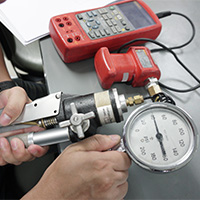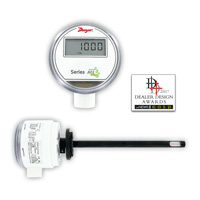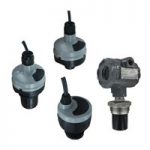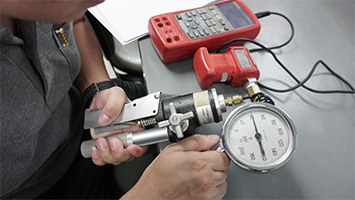 Calibrating measurement instrumentation is something that should never go overlooked. To calibrate instrumentation means to determine, check, or rectify the graduation of any instrument giving quantitative measurement. Calibrating a device ensures that the instrument will properly measure within the desired range for your application. This is important because a properly calibrated measurement device will help the user to maintain his or her system. A device can be calibrated either at the factory where the device was manufactured or within the field. Calibration certificates may be obtained once a device has been calibrated. Continue reading “The Importance of Calibrating Measurement Instrumentation”
Calibrating measurement instrumentation is something that should never go overlooked. To calibrate instrumentation means to determine, check, or rectify the graduation of any instrument giving quantitative measurement. Calibrating a device ensures that the instrument will properly measure within the desired range for your application. This is important because a properly calibrated measurement device will help the user to maintain his or her system. A device can be calibrated either at the factory where the device was manufactured or within the field. Calibration certificates may be obtained once a device has been calibrated. Continue reading “The Importance of Calibrating Measurement Instrumentation”
Understanding Air Velocity Sensors
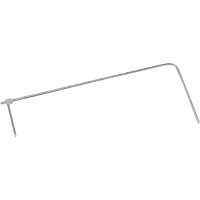
Dwyer Instruments, Inc. offers a multitude of sensors for monitoring air velocity in HVAC systems. Some of this instrumentation has a simple construction (Pitot tubes, for example) while others are more complex, such as hot-wire anemometers.
The initial term and first “hot-wire anemometer” was developed back in 1914 by Louie Vesso King. He is also accredited for King’s Law, which mathematically describes heat transfer in air flows using a heated wire. As the air moves over the wire, it causes a loss of temperature in the wire and removes some of the wire’s heat energy. Continue reading “Understanding Air Velocity Sensors”
Ultrasonic Level Transmitters
Thermistor Temperature Sensors
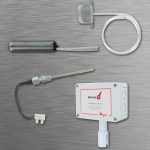
Dwyer Instruments, Inc. manufactures and offers many temperature measuring products that use a thermistor as the sensing element.
Thermistors are based on the principal that the electrical resistance of semiconductor materials is a function of the temperature. Thermistors work well over smaller temperature ranges with better accuracy than (RTD) but are very non-linear. They also generally offer better response times. Thermistors have much higher resistance values than RTDs, with ranges typically ranging from 100 ohms to 100 megaohms.
The Importance of Regulatory Compliance in a Manufacturing Setting
 There are numerous factors that lead to regulatory compliance, including: reputation, image, ethics, competition, and survival. Regulatory is often looked at as the “show-stopper” or obstacle in many manufacturing processes. While regulatory may sometimes be perceived as negative, it can also be the main key to a company’s success. Continue reading “The Importance of Regulatory Compliance in a Manufacturing Setting”
There are numerous factors that lead to regulatory compliance, including: reputation, image, ethics, competition, and survival. Regulatory is often looked at as the “show-stopper” or obstacle in many manufacturing processes. While regulatory may sometimes be perceived as negative, it can also be the main key to a company’s success. Continue reading “The Importance of Regulatory Compliance in a Manufacturing Setting”

